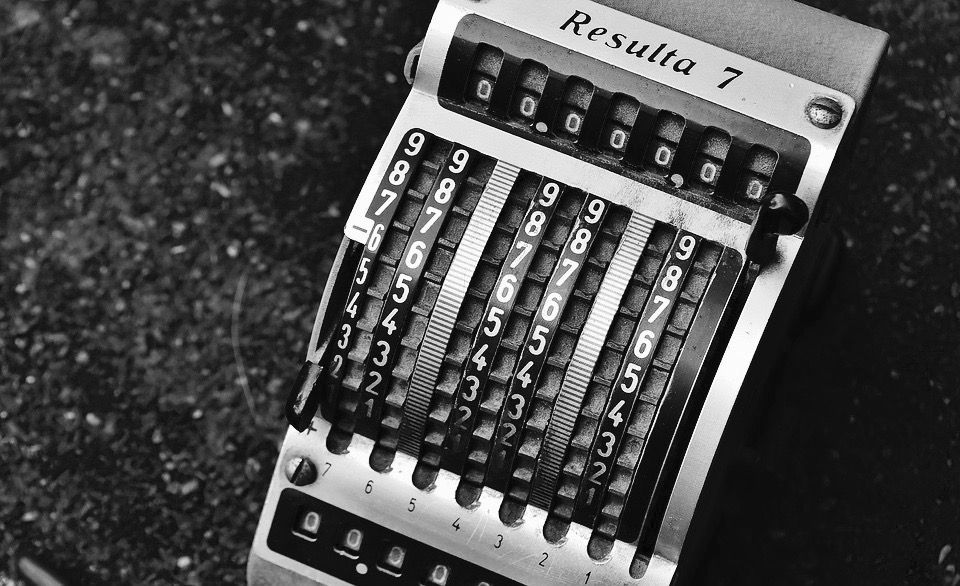
Let’s start with a simple problem. There is a deck of 4 cards: 2 aces, 2 kings. You pull 2 cards from the deck (without replacement). What is the chance you will pull 2 aces [1]? The answer will follow soon.
Uncertainty is an unavoidable reality in life in general and in strategic decision making specifically. A good understanding of uncertainty allows us to make smarter decisions and potentially achieve competitive advantage. But, the very mention of uncertainty, or worse, probability or risk, sends many people running for the hills.
Our aversion to probability and our desire for a black and white view of the world is wonderfully illustrated by Phil Tetlock [2] in his reference to the 2012 movie “Zero Dark Thirty”, about the hunt for Osama bin Laden. In the movie, the CIA director, played by James Gandolfini, is asking his advisers whether bin Laden really is in the mystery compound in Pakistan. “Is he there or is he not f$%^&ng there?” he asks. Analysts offer probabilities between 60% and 80% causing the fictional CIA director to become increasingly frustrated. (ASIDE: According to Tetlock, the actual conversation never would have gone that way, because Leon Panetta, the real CIA director at the time, was comfortable using probability and welcomed diverse opinions as input to his decision [3].)
The answer to the 4 card problem is 1/6. After you pull the first ace (2/4 chance, or 1/2), then pulling the second ace has a 1/3 chance (or 2/3 to pull a king, since there are 2 kings and 1 ace in the remaining 3 cards). Thus the probability of pulling two aces is 1/2 * 1/3 = 1/6.
Gerd Gigerenzer offers us an excellent approach for making sense of uncertainty. It is excellent because it is simple and powerful, while not requiring us to have deep knowledge of probability theory. He calls it thinking in natural frequencies [4]. The essence of natural frequencies is that we look at data in the way we encounter it in its “raw” state and we do not need to apply probability theory.
Follow this example (from [5]), based on a real study conducted by Gigerenzer, to see how natural frequency works.
• Relevant information: The probability that a woman has breast cancer is 1% (prevalence). If a woman has breast cancer, the probability that she tests positive is 90% (sensitivity). If a woman does not have breast cancer, the probability that she nevertheless tests positive is 9% (false alarm rate).
• A woman tests positive. She wants to know what the chance is that she has breast cancer. What do you tell her?
• Try this problem yourself. Use your best efforts to select from these four multiple choice answers which is the most accurate: 9/10, 8/10, 1/10, 1/100.
• Before a group of 160 gynaecologists were trained to think in natural frequencies, only 34 of the 160 got the right answer. More than half massively overstated the chance that she had breast cancer. Think about what this means. Unnecessary surgery? Chemotherapy?
• Instead of tying your brain in a knot by trying to apply probability theory, consider how natural frequencies might be used to answer a problem like this …
• In this breast cancer example, we imagine 1000 women. Based on what we know of prevalence, we know that 10 of those 1000 genuinely have breast cancer. Based on what we know of sensitivity of the diagnostic test, 9 of those 10 will test positive. Because of the 9% false positive rate, of the other 990 women, 89 will also test positive.
• At this point, we can say that of the 1000 women, 98 will test positive. 9 who are true positives and 89 who are false positives. Thus, for any woman testing positive, we can say that there is a 9/98 chance that she genuinely has breast cancer. And hence 1/10 is the correct answer.
• Encouragingly, after the gynaecologists were trained to use natural frequencies, 139 of the 160 answered correctly. From a 21% success rate to an 87% success rate. (I’m a bit concerned about the 13% who still couldn’t figure it out!)
Don’t fear uncertainty. Use Gigerenzer’s natural frequencies to get a good handle on risks in order to better inform your decision making.
References:
[1] Stanford’s Strategic Decision and Risk Management program
[2] http://longnow.org/seminars/02015/nov/23/superforecasting/ - watch from 11min15s
[3] “Superforecasting: The Art and Science of Prediction”, Phil Tetlock and Dan Gardner.
[4] http://www.bmj.com/content/343/bmj.d6386
[5] “Risk Savvy: How to make good decisions”, Gerd Gigerenzer
